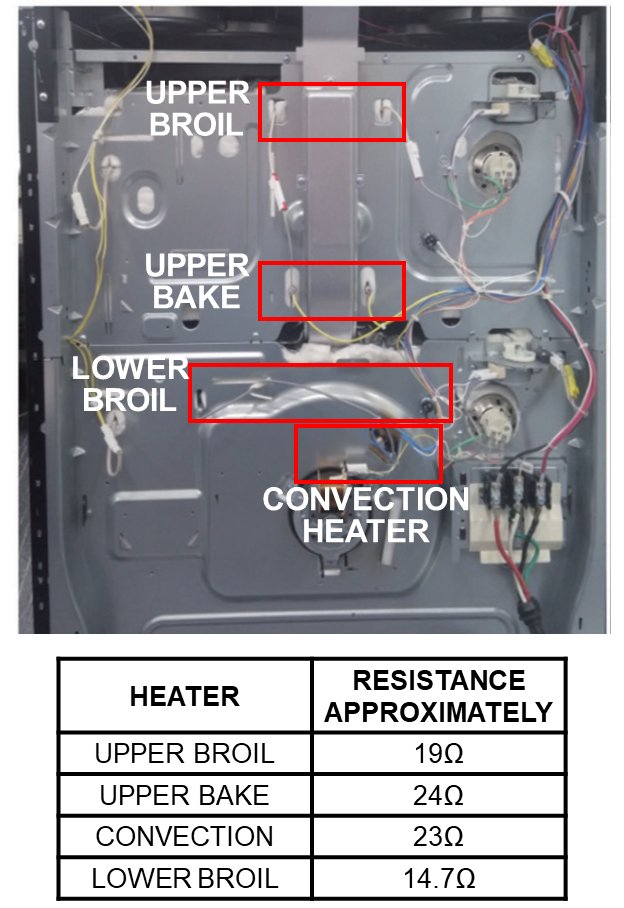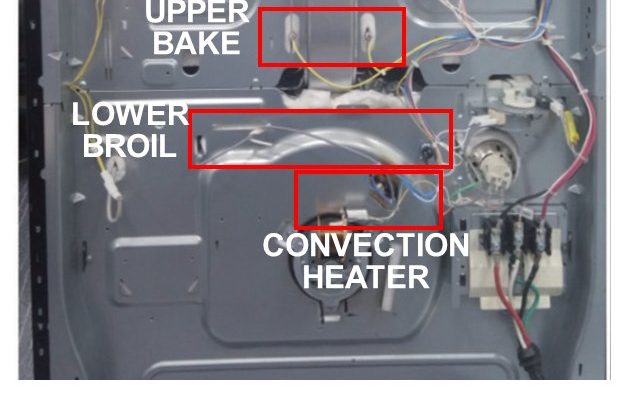
Error codes are like your appliance’s way of communicating that something’s not quite right. Think of it like a car’s check engine light—when it lights up, it’s trying to tell you there’s a problem under the hood. In this case, the OE error code suggests there’s an issue with your oven’s temperature or cooking process. And while some problems are minor and fixable with a quick DIY solution, others might require the professional touch of a technician. But how do you know which is which? That’s what we’re about to unpack.
Understanding Error Code OE
So, let’s dive into what Error Code OE actually means for your LG oven or range. Essentially, this error is linked to the oven’s temperature sensor. The tool that helps your oven maintain the right heat while cooking is malfunctioning or giving inaccurate readings. It’s like trying to cook your favorite meal with a faulty thermostat; you end up either overcooking or undercooking your food because the temperature gauge is lying to you.
Let’s put it in simpler terms: imagine trying to follow a recipe without knowing exactly how hot your oven is. It wouldn’t turn out well, right? That’s precisely what your oven is going through when it shows error code OE. The sensor might be misbehaving due to a few reasons, such as connectivity issues, physical damage, or even a software glitch. Sometimes, the problem is temporary and can be resolved by simply restarting the appliance, kind of like rebooting your computer when it acts up.
However, if the error code persists after a restart, chances are the sensor itself is the troublemaker and might need replacing. This is where things get a bit tricky, especially for beginners who haven’t ventured much into the world of oven repairs. The sensor is a delicate component, and handling it without the necessary expertise could lead to further complications. In such cases, calling in a professional technician becomes not just an option but a necessity.
When To Attempt A DIY Fix
Now, you might be wondering, “Is there anything I can try before I call a technician?” Absolutely! Before you pick up the phone, there are a couple of things you can check yourself. First, ensure there’s no visible obstruction or debris in the oven that might be affecting its performance. Sometimes leftover crumbs or spills can cause issues if they’re interfering with the sensor.
Another step is to double-check the oven’s settings. Make sure there haven’t been any accidental adjustments that could be causing the error. Like when you accidentally set your phone to Do Not Disturb and wonder why you’re not getting any notifications, sometimes a small setting change can throw everything off.
Moreover, consider performing a soft reset. Simply unplug the oven from the power source, wait a minute or two, and plug it back in. This can sometimes clear up minor glitches in the system. It’s like giving your oven a quick nap to refresh itself. However, if after trying these steps the error code still lingers, it might be time to accept that a DIY fix isn’t in the cards.
When To Call A Technician
So, when do you know for sure that it’s time to call in a professional? If the error persists despite all your DIY efforts, or if you’re not comfortable poking around inside your oven, it’s wise to call a technician. The problem might be more complex, requiring specialized tools or parts that aren’t readily available to regular consumers.
Consider this: attempting a repair without the proper knowledge or equipment can sometimes cause more harm than good. Just like you wouldn’t try to fix a leaky roof without the right tools or skills, the same goes for complex appliance issues. By calling a professional, you ensure that the repair is done safely and correctly, potentially saving you money in the long run by avoiding further damage.
Plus, a technician can also provide valuable insights and advice on how to prevent similar problems in the future. They might suggest installing a voltage regulator if power surges are a problem in your area or offer tips on regular maintenance to keep your appliance in top shape. So, while it might be tempting to handle everything yourself, sometimes expert help is the best solution.
Preventative Measures
It’s always better to prevent a problem than to fix it after it occurs. So, what can you do to avoid seeing that pesky OE error code again? Regular maintenance and proper use of your oven can go a long way. Keep your oven clean, paying extra attention to the sensor area. Avoid using harsh chemicals that could potentially damage sensitive parts.
Furthermore, it’s a good idea to familiarize yourself with your oven’s manual and settings. Knowledge is power, and understanding your appliance’s functions can help you manage it better. Think of it as getting to know a friend better so you can anticipate their needs and moods.
Lastly, consider scheduling an annual check-up for your appliances, much like you would for your car. A professional can catch problems before they become serious, ensuring everything is in perfect working order.
By taking these preventative steps, you not only extend the life of your appliance but also reduce the likelihood of encountering error codes in the future. And who doesn’t want a problem-free cooking experience? Keep these tips in mind, and the next time you see an error code, you’ll know exactly what to do!
